Explained: The Traditions Behind the Tui Nayau Installation
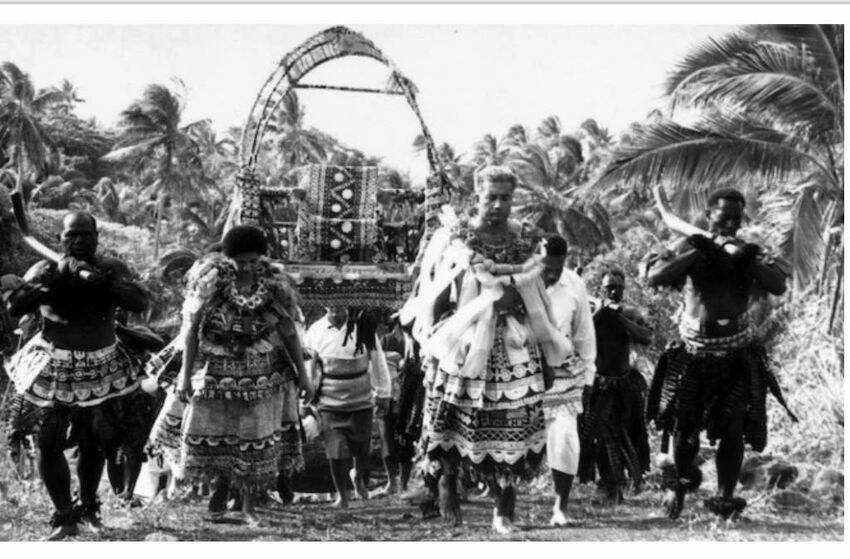
“A chief is to lead in every aspect, to help his people not just by words but by actually delivering what they have promised and I will try with all my might and with all I have to lead you all.”
The installation of the Turaga na Tui Nayau, Sau ni Vanua o Lau and Tui Lau Ratu Tevita Uluilakeba Mara was a fusion and display of culture and tradition.
Na ‘Meke Taki Ni Yaqona VakaTuraga’
This week has witnessed the revival of traditions and customs that, until now, lived only in the stories shared by our elders. Among the most remarkable was the Meke Taki Ni Yaqona Vakaturaga, a traditional kava ceremony dance that has not been performed in decades. The last known documentation of this dance dates back to 1990, making its reappearance a moment of cultural resurgence. This sacred tradition has been brought back to life, offering a rare glimpse into our ancestral heritage.
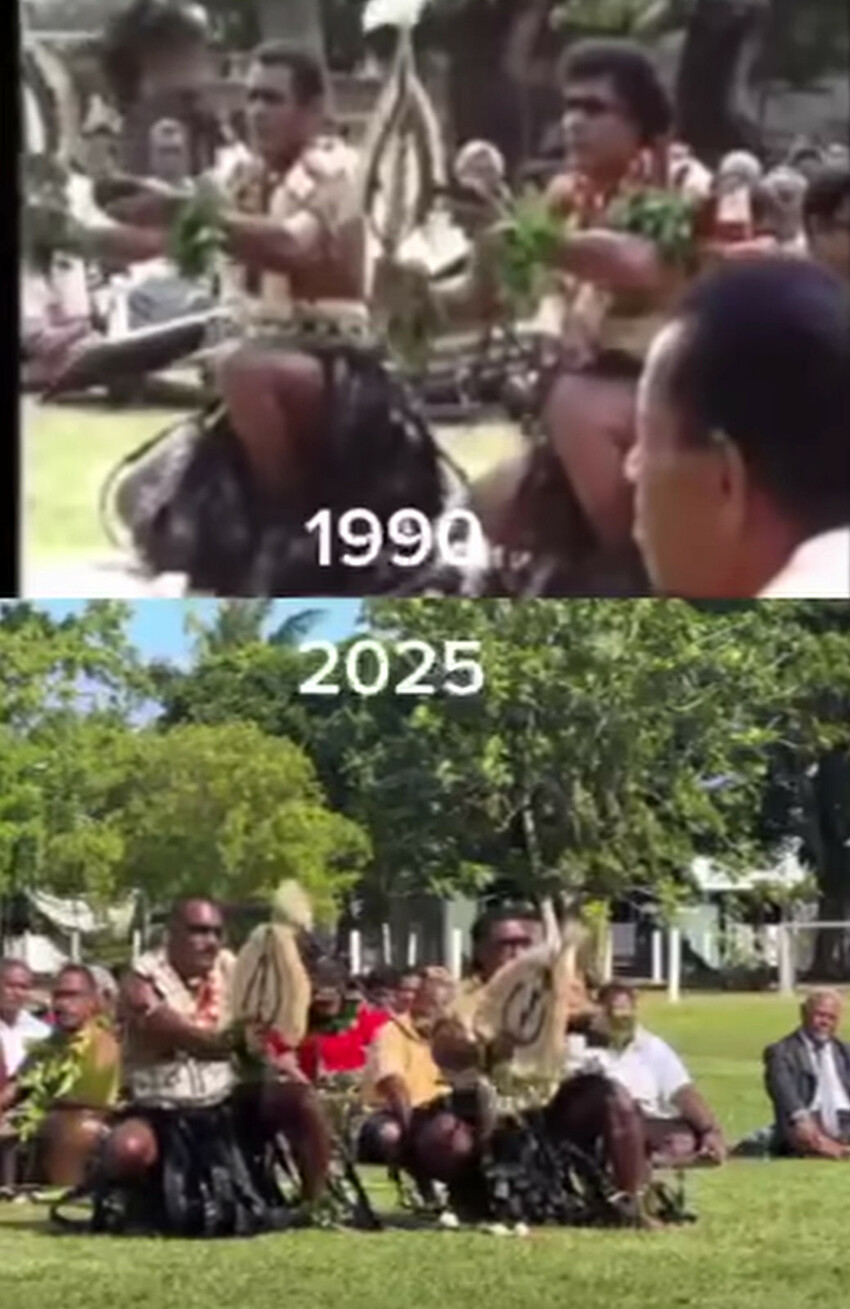
At the break of day in Tubou Village, Lakeba, the spirit of tradition came alive as the Delaikorolevu Clan of Levuka Village took center stage. Their performance of the Meke Taki ni Yaqona VakaTuraga captivated all in attendance, weaving movement and chant into a powerful cultural expression. This vibrant opening set the tone for the Bose ni Yasana ko Lau, which was formally declared open by the esteemed Marama Bale na Roko Tui Dreketi, Ro Teimumu Kepa.
Photo Credit: Fiji Live
Salasiga - White Tapa Crown
Similarly, one of the more striking elements of the installation was the Salasiga, a ceremonial cap that drew admiration from all in attendance. Symbolizing chiefly authority and deep ancestral lineage, the Salasiga is far more than an ornamental headpiece, it is a testament to the continuity of cultural identity.
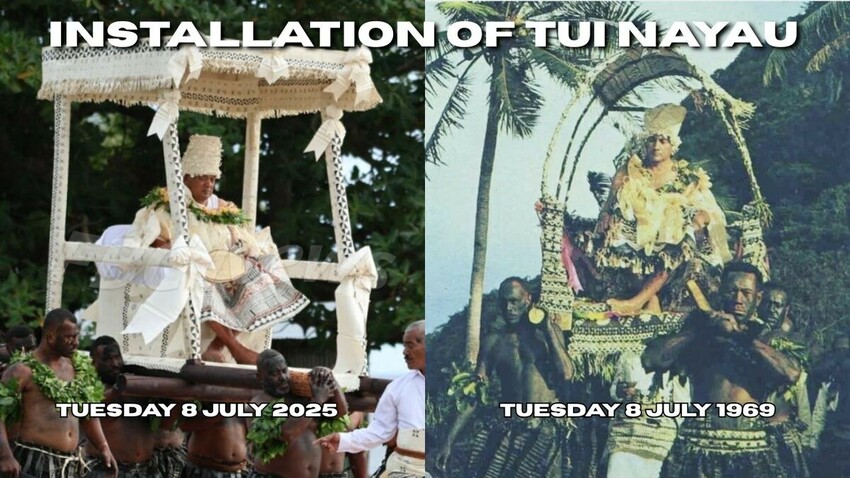
Carrying on a legacy passed down through generations, Anaseini Vakacagicagi of Yavusa Maumi in Narocivo, Nayau was entrusted with the creation of this significant piece. Now a woman, Anaseini recalls how her grandmother not only crafted the Salasiga for the late Tui Nayau in 1969, but also took great care to teach her the traditional techniques. She remembers watching her grandmother soften the masi barkcloth by hand, beating it repeatedly until it became supple enough to honor a chief. That same loving process was repeated this year, as Anaseini shaped the Salasiga with precision and care for the newly installed Tui Nayau.

Viti Kei Aotearoa
The celebration was further enriched with the attendance of Maori queen Te Arikinui Kuini Nga wai hono i te po who was representing the Kingitanga royal family. Amid the sacred rites of the Tui Nayau, Sau ni Vanua ko Lau, and Tui Lau’s coronation, stood Te Arikinui Kuini, Ngā Wai Hono i te Pō, a sovereign presence carrying the spirit of generations before her. Her presence was more than ceremonial; it was a living thread in the sacred cloak that binds the peoples of Lau and Aotearoa. Decades earlier, her grandmother, Te Arikinui Dame Te Atairangikaahu, had stood beside Ratu Sir Kamisese Mara, forging a kinship steeped in shared mana and ancestral respect. It is said she mourned him with song, her voice rising like a karanga to Tangaloa. Today, that same depth of feeling echoes in her granddaughter’s quiet strength, a bond born not only of chiefly bloodlines, but of the enduring unity between two great island nations.
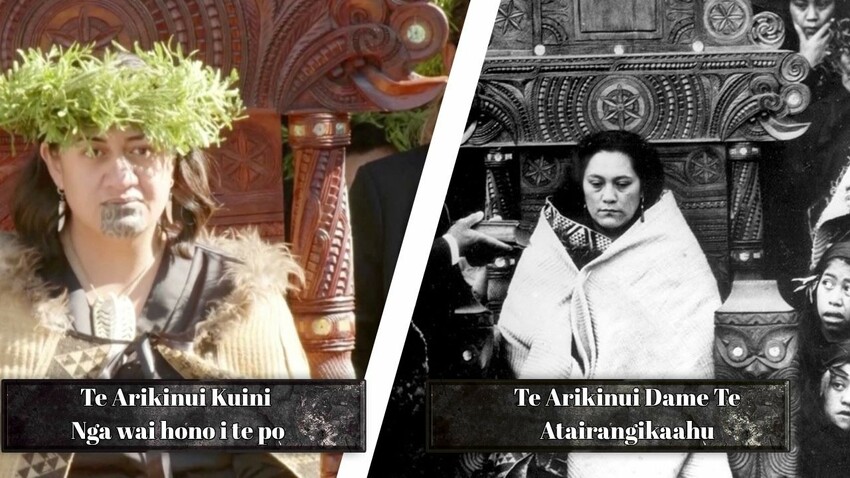
Viti Kei Tonga
Along with that, His Majesty the King of Tonga, King Tupou VI and Queen Nanasipau’u also attended the celebrations, with a happiness of families reuniting under a joyous occasion.For those who do not know of the ties between Tonga and Viti, In the 19th century Prince Ma‘afu of Tonga settled in Lakeba and was later installed as the first Tui Lau. His leadership helped shape Lauan governance and introduced Christianity and Tongan customs to Fiji.
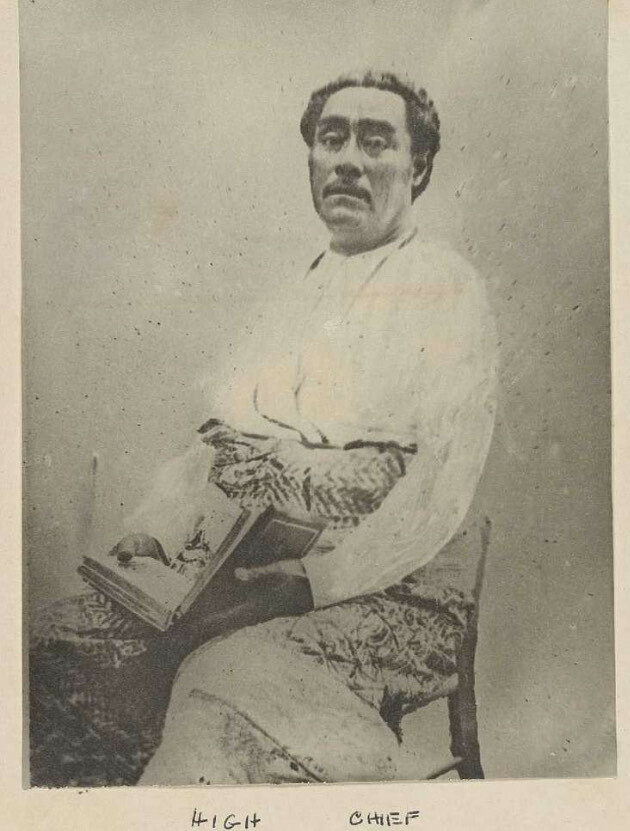
The Mara family’s rise in Lauan leadership echoes Ma‘afu’s legacy, blending Tongan expansionism with Fijian tradition. The installation in some ways solidifies the already strong Pacific connections that have existed across the Pacific Ocean over the years, a grand celebration show casing both Fiji and Polynesian artistry and tapestry.
